How To Choose The
Best Coffee Beans
Finding the right coffee beans is crucial, whether you're brewing a morning cup at home or serving customers in your business. The quality of beans directly influences the taste and satisfaction that coffee can provide. This isn't just about getting a caffeine fix; it's about crafting an exceptional coffee experience.
Whether you’re looking for the best wholesale coffee beans for your business, or simply want to taste consistently outstanding coffee at home, understanding how to choose the beans you use is essential and the foundation of every great cup.
Let this guide be your starting point in finding the best beans to elevate every coffee you make.
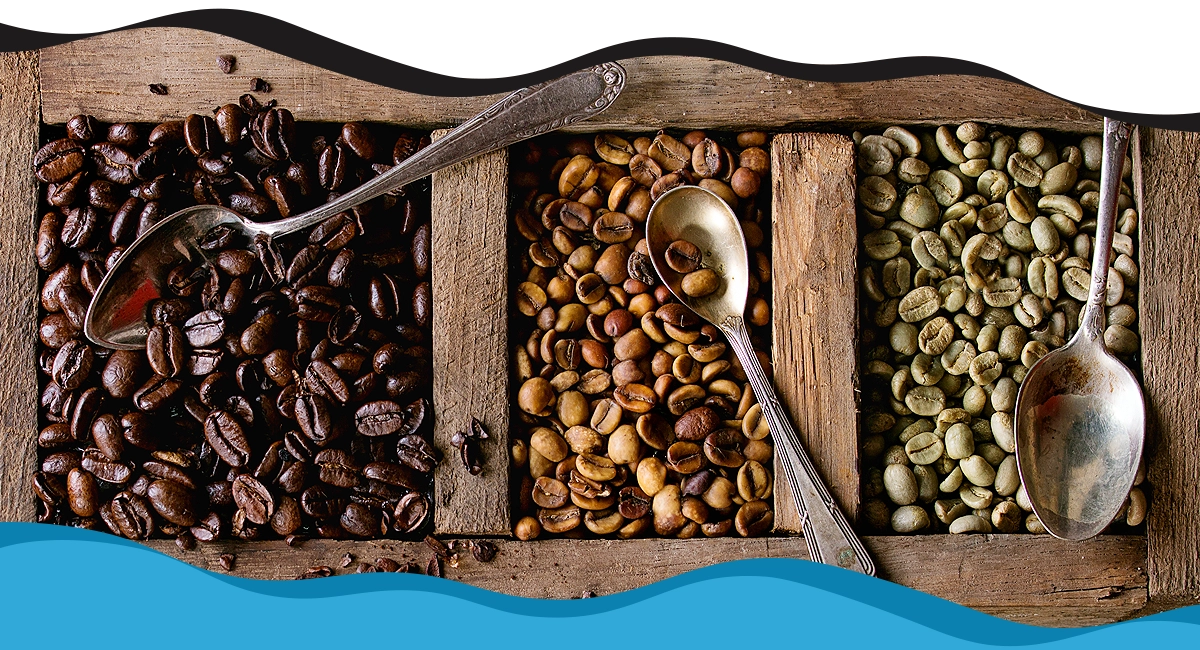
Understanding Coffee Bean Varieties
Choosing between the two main types of coffee beans, Arabica and Robusta, is the first step towards tailoring your coffee experience to your personal taste.
Arabica
Arabica beans, with their smooth and often fruity or floral flavours, are perfect for those who enjoy a coffee that's not too harsh on the palate. These beans are typically grown in high-altitude areas, which contributes to their complex flavour profiles. If you're after a coffee that's rich in taste yet gentle, Arabica is the way to go.
Robusta
Robusta beans are known for their strong, bold flavours and higher caffeine content. They're grown in lower altitudes and can offer a more powerful coffee experience, with a bit of bitterness and a solid, earthy base. This makes Robusta beans ideal for anyone looking for an energising cup of coffee or for use in blends that require a bit more intensity.
Comparing Types Of Beans
Understanding the difference between these two bean types also helps in choosing the right coffee for the right occasion. For example, a light, aromatic Arabica might be perfect for a slow morning, while a strong, invigorating Robusta could be just what you need for a busy day ahead.
The acidity and body of the coffee, which refer to how sharp or smooth it feels in your mouth, are also influenced by these bean types. Arabica beans tend to have a higher acidity, which can give the coffee a brighter, more vibrant taste, while Robusta beans usually offer a heavier body, making the coffee feel richer or thicker on the palate.
In addition to the basic distinction between Arabica and Robusta, there are numerous sub-varieties and blends that explore the vast spectrum of flavours coffee can offer. Exploring these can help you fine-tune your preferences even further, whether you're drawn to the subtle sweetness of a specific Arabica blend or the hearty robustness of a Robusta mix.
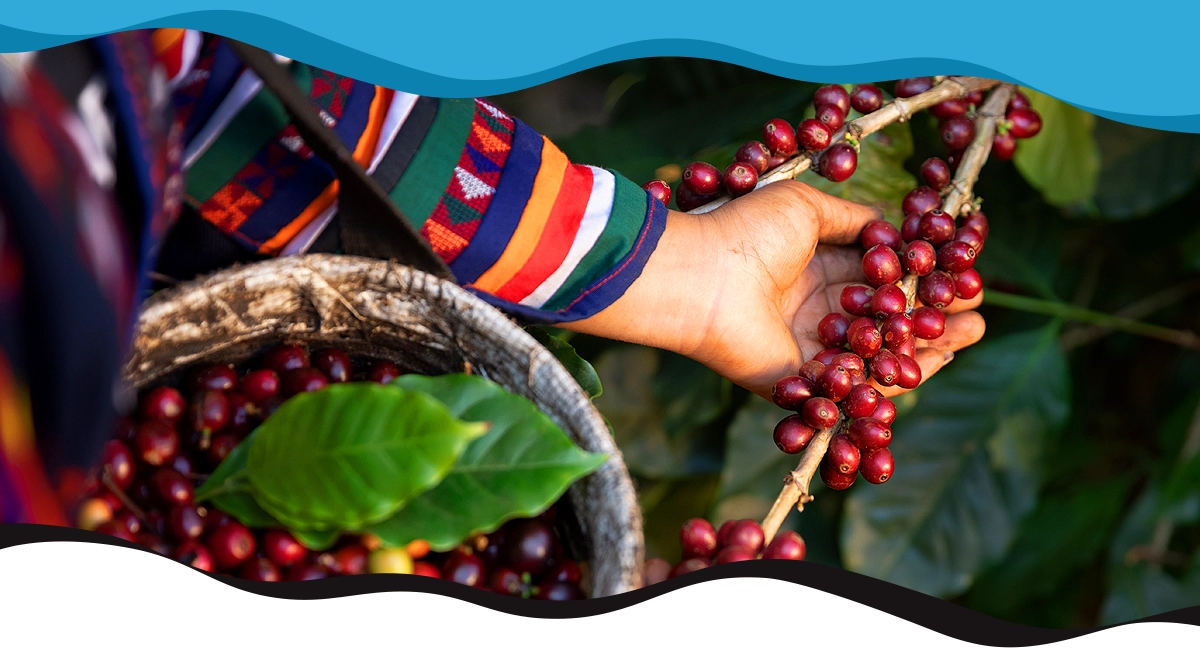
The Significance of Aroma in Coffee Beans
The aroma of coffee beans is not just a precursor to taste; it's a vital indicator of quality and freshness. A rich, inviting smell is often the first sign of a high-quality coffee bean, offering hints about its origin, variety, and how it was processed and roasted.
An Indicator of Freshness
When assessing coffee beans, a strong, pleasant aroma suggests that the beans are fresh and have been properly stored. On the other hand, a lacklustre or stale smell might indicate that the beans are old or haven't been kept in optimal conditions.
To gauge the freshness and quality of coffee beans through their aroma, start by giving them a good sniff before grinding. Fresh beans should have a robust smell that makes you think of brewing a cup right away. If the beans have a fruity, floral, or nutty aroma, depending on their type, it's a good sign they're of high quality.
Beans that lack a strong scent or smell off in any way—musty, sour, or like cardboard—may be stale and past their prime. Trusting your nose is key when selecting coffee beans, as the nuances in aroma can greatly influence the final taste of your coffee. By paying attention to the smell, you're more likely to choose beans that will result in a delicious and satisfying cup.

Appearance Matters: Assessing Coffee Bean Quality
The appearance of coffee beans offers crucial insights into their quality and the flavour they’re likely to impart. When assessing beans, pay attention to their size, colour, and texture, as these features can reveal much about the eventual taste of your coffee.
Bean Size
Consistency in bean size is an indicator of a quality roast, ensuring that all beans have been roasted evenly. A mix of sizes can result in a brew that’s uneven, with some beans contributing a bitter taste due to over-extraction, and others a weak flavour from under-extraction.
Bean Colour
The colour of the beans can range from a light brown to nearly black, depending on how long they’ve been roasted. Lighter-coloured beans often yield a gentler flavour, whereas darker beans are fuller and more bitter.
Bean Texture
The texture of the bean's surface is also telling; beans with an oily sheen are typically darker roasts, known for their bold flavour. In contrast, beans that appear dry usually indicate a lighter roast, leading to a coffee with more acidity and a nuanced flavour profile.
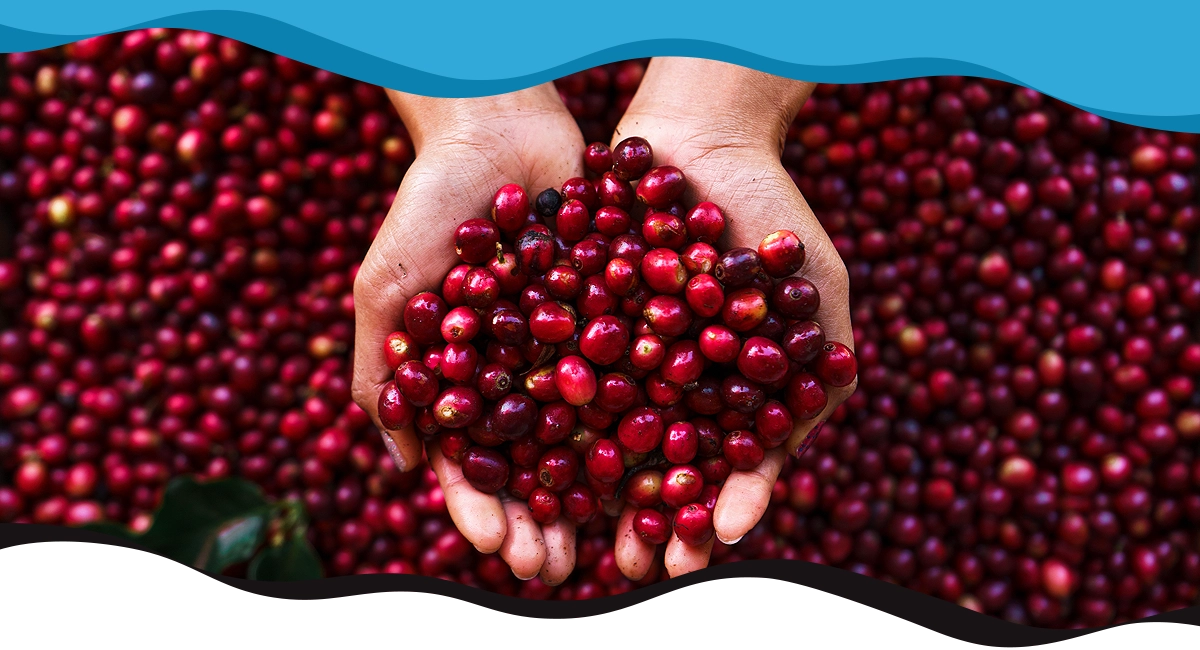
The Impact Of Bean Origin On Flavour
The geographical origin of coffee beans significantly influences their flavour profile, with each region imparting unique characteristics due to its climate, soil, and altitude.
For instance, beans from Latin America often have a balanced, slightly acidic taste, with hints of nuts and cocoa, making them a favourite for those who enjoy a smooth, classic coffee. African beans, particularly from Ethiopia and Kenya, are renowned for their floral and fruity notes, offering a vibrant and complex cup that can range from berry-like to winey in acidity.
Asian coffee, especially from Indonesia and Vietnam, tends to have a heavier body and a richer, earthier flavour, often with a hint of spice. This makes them ideal for bold coffee lovers or for blends aiming to achieve a fuller taste.
Understanding the origin of coffee beans, and being informed about where coffee is grown, is essential for predicting the flavours they'll bring to your brew. This enables you to select beans that suit your palate, or to experiment with new and exciting tastes from around the world.

Roast Types & Your Preference
Coffee beans come in various roast levels, from light to dark, each significantly affecting the taste of your brew.
Light Roasts
Ideal for those who appreciate subtle flavours and a higher acidity, offering a nuanced taste profile that can include floral, fruity, or herbal notes. These beans are light brown in colour and have no oil on the surface.
Medium Roasts
A step up in intensity and these beans are often favoured for their well-balanced flavour and slightly sweeter taste, featuring hints of chocolate or caramel. The beans have a richer brown colour and still lack an oily sheen, appealing to those who enjoy a fuller coffee without the bitterness of darker roasts.
Dark Roasts
These beans are dark brown to almost black, with an oily surface, and the flavours are powerful and robust, with a pronounced bitterness that masks the beans' original characteristics. Dark roasts suit those who crave a heavy, more straightforward coffee flavour, often with smoky or chocolaty undertones.
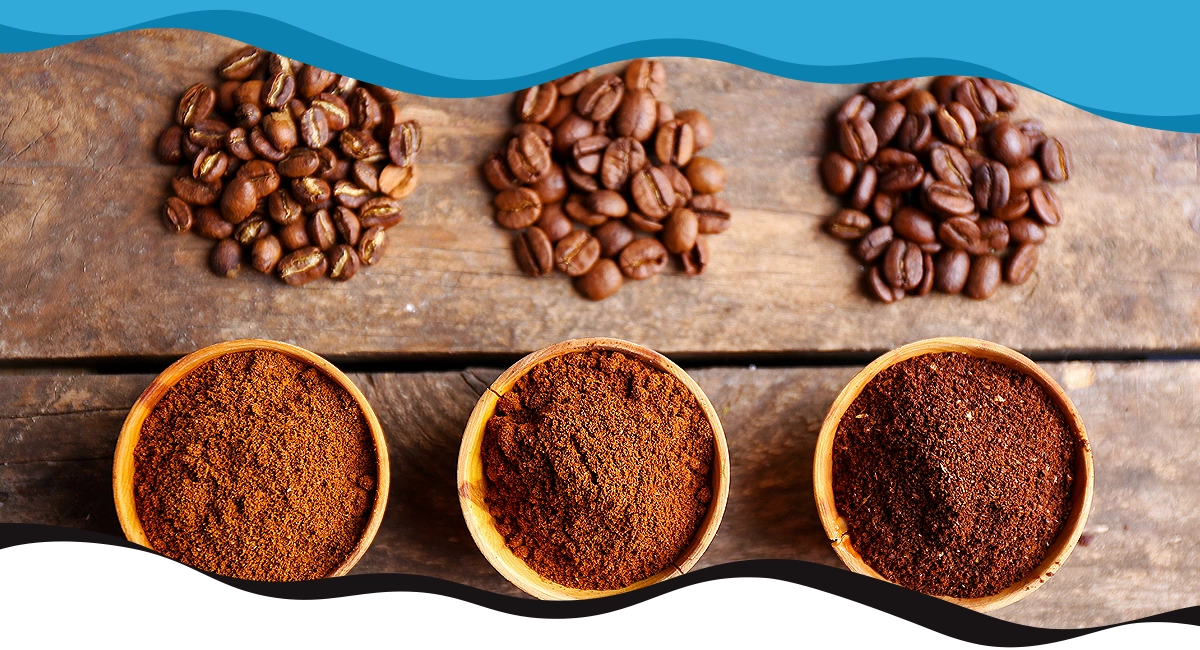
The Coffee Roasting Method
As well as the intensity of the roast, the method of roasting coffee beans also plays a fundamental role in determining the final quality and flavour profile of your coffee. Two primary roasting techniques are convection and conduction roasting, each affecting the beans differently.
Conduction roasting involves direct contact of the beans with a hot surface. This method can sometimes result in uneven roasting because the beans at the bottom receive more heat than those at the top. While it has been a traditional method, it requires constant stirring to achieve a somewhat uniform roast.
Convection roasting, on the other hand, uses hot air to roast the coffee beans. This method ensures a more even and consistent roast as the hot air circulates around the beans, heating them uniformly.
Convection roasting is superior to conduction roasting for several reasons. It provides better control over the roast temperature and time, leading to a more consistent batch of beans. This uniformity is crucial for extracting the optimal flavour and aroma from the beans, making convection roasting the preferred choice for achieving high-quality coffee.

Choosing Beans Based On Your Method Of Making Coffee
Selecting the right beans for your preferred method of making coffee is crucial for achieving the perfect cup. Each method extracts flavours differently, and the grind size plays a pivotal role in this process, alongside the bean type you choose.
Espresso
Requires a fine grind and beans that can produce a rich, concentrated flavour. Dark roast beans are typically preferred for their bold, robust taste, which stands up well to the intense pressure-based extraction method of commercial espresso machines.
The high pressure and short brew time highlight the caramelised sugars and bold flavours of dark roasts, making for a strong, flavourful shot with a creamy crema.
French Press
Best suited to coarser grinds and beans that offer a full body and rich taste. Medium to dark roast beans work well, as the longer steeping time (about four minutes) allows the water to extract deep flavours, resulting in a rich, full-bodied cup.
The French press method allows the natural oils and fine particles from the coffee to remain in the brew, adding to its character and complexity.
Drip or Filter Coffee
Usually works best with a medium grind and beans that balance acidity and body. Medium roast beans are ideal, offering a versatile flavour profile that shines through the relatively fast and efficient extraction process of filter coffee machines.
This method highlights the coffee’s balanced acidity and clean flavours, producing a smooth and accessible cup that's appealing to a wide range of palates.
Pour-Over
Techniques such as V60 or Chemex, pair well with light to medium roast beans, which can showcase the nuanced flavours and delicate aromas of the coffee. A medium-fine grind is optimal, allowing water to flow through the coffee grounds evenly and extract the subtle notes and complexities.
This method is perfect for highlighting floral, fruity, or acidic profiles, making it a favourite for specialty coffee enthusiasts.
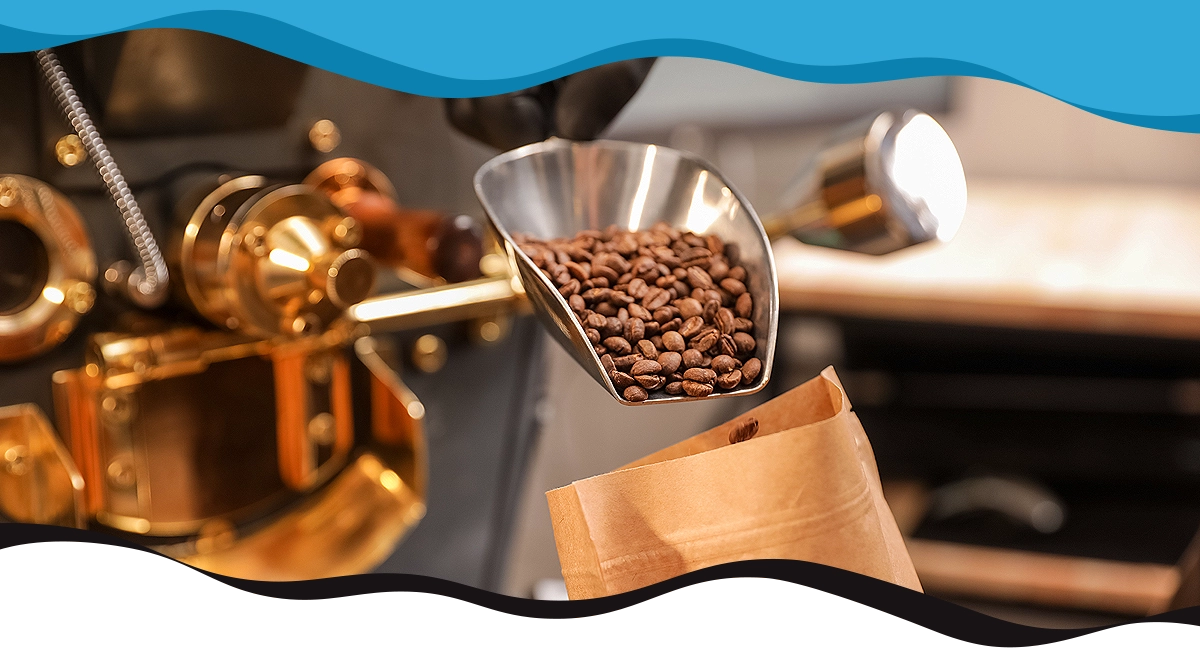
Freshness & Storage: Ensuring Optimal Flavour
The freshness of coffee beans is paramount to achieving a cup of coffee that's vibrant and full of flavour. Fresh beans contain essential oils and compounds that contribute to the aroma and taste of your coffee. Over time, exposure to air, light, moisture, and heat can degrade these compounds, resulting in a stale and flat brew.
To check for freshness, look for the roast date on the packaging; beans are generally at their peak flavour within a few weeks of roasting. When you open a bag of coffee, pay attention to the aroma—it should be strong and pleasant. Fresh beans also tend to have a slight sheen of oil on the surface, especially if they're a darker roast.
When it comes to how to store coffee beans, follow these best practices to retain their quality:
Air-Tight Containers: Store your beans in an air-tight container to protect them from oxygen. Exposure to air can quickly stale your beans, so removing as much air as possible from the storage container is key.
Cool, Dark Place: Keep your coffee beans in a cool, dark place. Light and heat can alter the beans' flavour profile, so avoid storing them near windows, stoves, or in clear containers that let in light.
Avoid Moisture: Moisture can ruin coffee beans, making them taste sour or off. Don't store them in the fridge or freezer where they can be exposed to moisture and odours from other foods. If you must freeze them for long-term storage, use a vacuum-sealed bag and let them thaw at room temperature before opening.
Quantity: Buy coffee in quantities that you will use within a month to ensure you're always enjoying it at its freshest.By prioritising freshness and proper storage, you can enjoy the full spectrum of flavours and aromas your coffee has to offer, ensuring each cup is as delightful as the last.

Where to Buy the Best Quality Coffee Beans
When you’re looking for high quality coffee beans, choosing a supplier that understands what makes great coffee is crucial. As one of the UK’s leading coffee specialists, At PureGusto, we’re obsessive about everything that goes into our coffee beans and offer a wide range of coffees to suit any preference.
Sourcing: We select our beans from the best coffee growers around the world. As well as seeking out the finest tasting coffees, we’re also committed to working with partners who prioritise sustainable and ethical growing practices.
Roasting: Combining the latest technology with a passion for tradition, we carefully convection roast our beans in house for a smooth, unique and delicious flavour.
Grinding: We know that everyone has different needs and preferences when it comes to making coffee. That’s why we supply whole beans, as well as coffee ground just the way you want it.
Range: You’ll find an extensive selection of coffee within our range, from delicious single origin beans to expertly blended coffees designed to deliver an incredible tasting experience.
Taste: We’ve spent years perfecting what we consider to be the best tasting coffee on the market, and are honoured that our passion for coffee has been recognised with multiple Great Taste Awards. Our signature blend alone has picked up accolades for six years in a row.
Service: We believe that providing great service is just as important as providing great products. Whether you’re buying a single pack of beans to drink at home, or want to bulk buy coffee for your business, we go above and beyond and are proud to be recognised as Feefo Platinum Service Winners.
Browse our range online to explore some of the best tasting coffees around, or get in touch if you need help in choosing the perfect coffee beans to meet your individual preferences and requirements.